#suprematismo
Text
“ Un operaio in tuta turchina stava oliando una grande trebbiatrice, curvo sulle ruote e gli ingranaggi. Io m’ero fermato in mezzo al cortile, e lo guardavo lavorare da lontano. Oliava le sue macchine, continuava a fare il suo mestiere, come se la guerra fosse lontana, come se la guerra non avesse neppure sfiorato il villaggio di Pestchanka. Dopo alcuni giorni di pioggia era uscito il sole, l’aria era tiepida, le pozzanghere d’acqua fangosa specchiavano un pallido cielo azzurro percorso da lievi nuvole bianche.
A un certo punto entrò nel kolkhoz un ufficiale tedesco delle SS seguito da alcuni soldati. L’ufficiale si fermò a gambe larghe in mezzo al cortile, guardandosi intorno. Ogni tanto si voltava a parlare ai suoi uomini: alcuni denti d’oro luccicavano dentro la bocca rosea. A un tratto vide l’operaio curvo a oliare la macchina, e lo chiamò.
«Du, komm, hier!».
L’operaio si avvicinò zoppicando. Anch’egli era zoppo, lo avevano lasciato indietro perché era zoppo. Stringeva nella mano destra una grossa chiave inglese, nella sinistra un oliatore d’ottone. Nel passare accanto al cavallo gli disse qualcosa a voce bassa, e il cavallo cieco gli strofinò il muso sulla spalla, lo seguì zoppicando per alcuni passi. L’operaio si fermò davanti all’ufficiale, si tolse il berretto. Aveva i capelli neri e crespi, il viso grigio, magro, gli occhi opachi. Era certamente un ebreo.
«Du bist Jude, nicht wahr?» gli domandò l’ufficiale.
«Nein, ich bin kein Jude» rispose l’operaio scotendo la testa.
«Cto? ti niè Evriu? Ti Evriu! tu sei ebreo!» gli ripeté in russo l’ufficiale.
«Da, ja Evriu, sì sono ebreo» gli rispose in russo l’operaio.
L’ufficiale lo guardò a lungo, in silenzio. Poi gli domandò lentamente: «E perché, un momento fa, mi hai risposto di no?».
«Perché me lo hai domandato in tedesco», rispose l’operaio.
«Fucilatelo!» disse l’ufficiale». “
Curzio Malaparte, Kaputt, Introduzione di Mario Isnenghi, Mondadori ( Collana Oscar narrativa n° 1102 ), 1978; pp. 84-85.
[ 1ª ed. originale nel 1944 presso l’editore Casella di Napoli ]
#Curzio Malaparte#Kaputt#letture#leggere#libri#Ucraina#seconda guerra mondiale#antisemitismo#antifascismo#Urss#crimini contro l'umanità#Storia d'Europa#razzismo#shoah#letteratura europea del '900#suprematismo#citazioni letterarie#letteratura italiana degli anni '40#crimini di guerra#genocidio#grande guerra patriottica#operazione Barbarossa#Europa#letteratura italiana del XX secolo#Mario Isnenghi#inganno#storia dell'Unione Sovietica#proletariato#proletari#narrativa
15 notes
·
View notes
Text
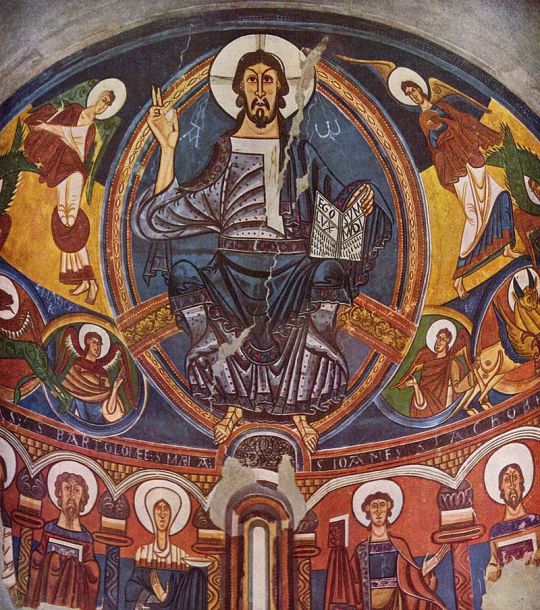
«Ahora resulta fácil entender por qué la relación de seres humanos con un Supremo de tipo personal cae bajo leyes completamente distintas que la establecida con un Supremo impersonal. La forma del suprematismo personal conlleva que los pensantes y creyentes en relación con Dios sólo puedan ocupar el puesto de vasallos o colaboradores; si no, sólo les queda el descabellado papel de incrédulos y objetores de conciencia. Lo quieran o no, la suprematización del Dios personal asigna de modo totalmente inevitable a los seres humanos un nivel inferior. La asimetría más importante entre señor y servidor se expresa en el hecho de que Dios, incluso como revelado, permanece inescrutable para los seres humanos, mientras que los seres humanos no pueden tener ningún secreto ante Dios. Las asimetrías cosmológicas y morales son abrumadores en igual medida: las competencias de Dios se extienden al universo entero, mientras que el ser humano a menudo ni siquiera consigue mantener en orden su propia vida.»
Peter Sloterdijk: El celo de Dios: Sobre la lucha de los tres monoteísmos. Ediciones Siruela, págs. 91-92. Madrid, 2011
TGO
@bocadosdefilosofia
@dies-irae-1
#peter sloterdijk#sloterdijk#el celo de dios#sobre la lucha de los tres monoteísmos#ser supremo#dios personal#supremo personal#supremo impersonal#ser humano#suprematismo#monoteísmo#asimetría#relación asimétrica#asimetría cosmológica#asimetría moral#asimetría cognoscitiva#régimen de vasallaje#vasalleje#religión#vasallos#filosofía de la religión#teo gómez otero#san clemente de tahull#maestro de tahull#pintura románica
9 notes
·
View notes
Photo

Kazimir Malevich - Painterly Realism of a Boy with a Knapsack - Color Masses in the Fourth Dimension - 1915
25 notes
·
View notes
Text
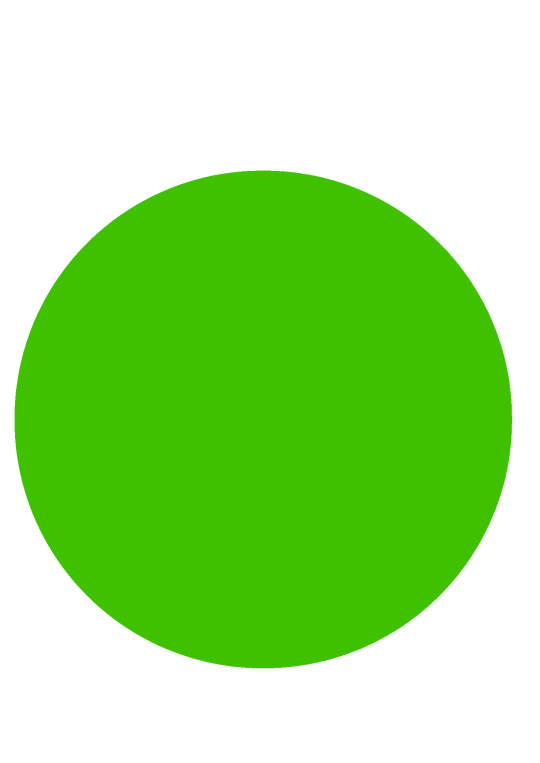
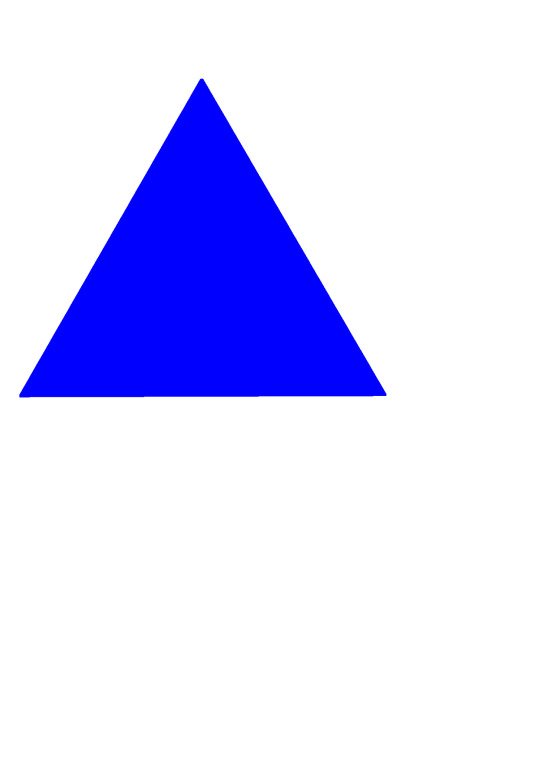
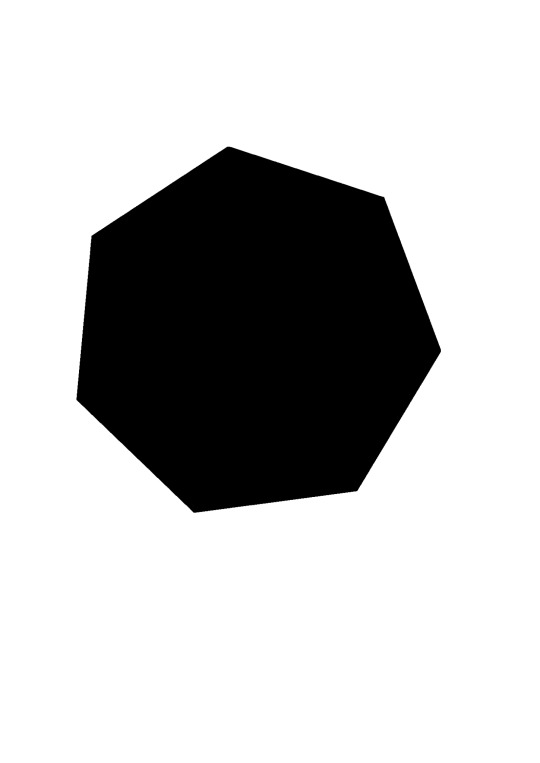
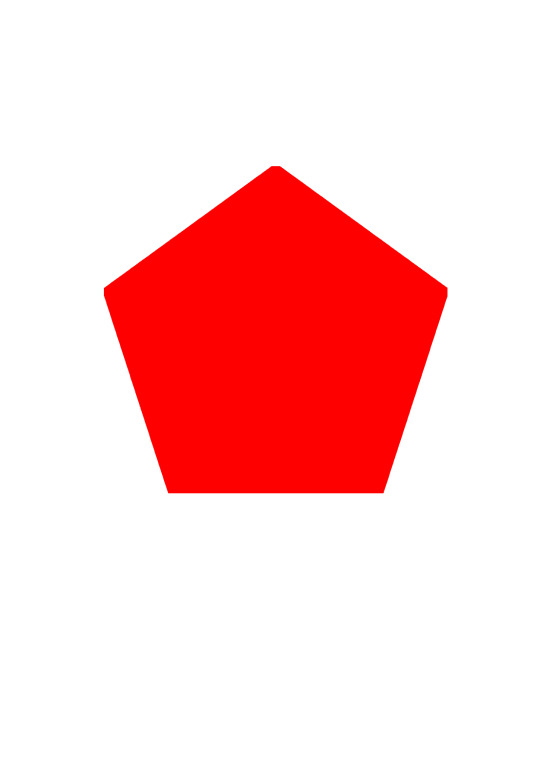

suprematist geometric shapes
suprematyczne figury geometryczne
супрематические геометрические фигуры
07/2023; A. Wiśniowiecki, m. Moskwa.
#small artist#suprematism#suprematyzm#suprematismus#suprematismo#abstract#abstract art#abstractionism#abstrakcjonizm#abstrakt konst#artists on tumblr#digital art#digital artist#art abstrait#artist on tambler
3 notes
·
View notes
Text
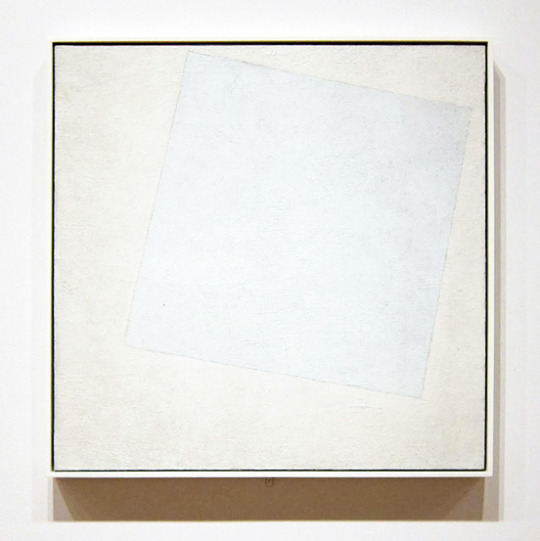
“Sono uscito nel bianco, navigate al mio seguito, compagni aviatori, navigate nell'abisso, io ho fissato i semafori del Suprematismo. Ho sconfitto la fodera del cielo colorato e dopo averla afferrata ho messo i colori nel sacco che ne ho formato e ho fatto un nodo. Navigate! Il bianco libero abisso, l'infinito, sono dinanzi a voi”.
Malevich raccoglie le proprie forze “per andare sempre più lontano nel vuoto dei deserti” perché la trasfigurazione ha solo questo obiettivo. Al suo Quadrato bianco su fondo bianco egli assegna il compito di rappresentare “l’impulso verso il fondamento della costruzione del mondo come azione pura", intesa come conoscenza di sé nella perfezione puramente utilitaria dell'"uomo universale”.
5 notes
·
View notes
Photo
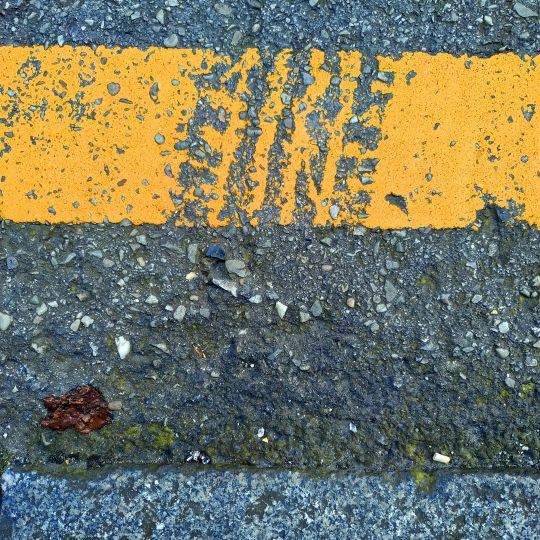
#Rothko en el suelo III #aveceshagofotos #fotoabstracta #digitalphoto #art #arte #streetphotography #expresionismoabstracto #abstractexpressionism #suprematism #suprematismo (en Taller de Arte Mauro) https://www.instagram.com/p/CpZ14a-IE09/?igshid=NGJjMDIxMWI=
#rothko#aveceshagofotos#fotoabstracta#digitalphoto#art#arte#streetphotography#expresionismoabstracto#abstractexpressionism#suprematism#suprematismo
2 notes
·
View notes
Text
Principles of Kazimir Malevich’s Suprematism Philosophy
Suprematist art, specially drawn in out-of-proportion size with the art concept, was a small standing mirror in which the materialistic men of a materialistic century could look at themselves…Suprematism presented to the Russian people the greatest aspects of non-objectivity in art and by so doing, open the way to a deeper understanding of art. Malevich was an intelligent in his stratagems for appealing to the plain sense of his utilitarian countrymen while not compromising his art doctrine.
Step by step throughout its development, he would present the squares and circles as inventions to aid the peasant in life and in the end, it would seem seekers for eternal life. It is most likely that in the first instances of the non-objective creations, Malevich was trying to slip something into the art of the Communist overseer…but when he always failed to gain the serious notice of the public servant, he finally revealed the real aim of his Being.
Through this struggle for acceptance of his art doctrine, Malevich showed a large amount of mordant wit in his politicking with the Communist art organizers. In this weak state of the intellectual elite in Russia, it proves the theory that the artist, no matter how true and dedicated he may be, is always a servant to the age in which he lives…but in Malevich’s example, he is also a leader of the future.
When a single individual comes to represent the symbol of an entire age, it is because he bears within himself the secrets and the future of that age. Malevich’s Suprematism is the most absolute development of modernist sensibility; and the servant of it. It is for this reason that Suprematism, from its beginning in 1913 to the late 1920s, was primarily a cultural force, at least in the mind of its originator.
As a result, in the tumult of early 20th-century Russia, Malevich emerged as a beacon of Suprematist art, challenging the conventions of representation with his fervent embrace of non-objectivity. His art doctrine, meticulously crafted, sought to liberate Russian art from the shackles of materialism, offering instead a portal to abstract realms. Malevich, a visionary of Russian art, navigated the turbulent waters of Modernism with unparalleled audacity, spearheading the avant-garde movement with his bold strokes and geometric forms.
As the cultural force of Suprematism swept through the intellectual elite, Malevich stood as its unwavering advocate, confronting the entrenched ideologies of his utilitarian countrymen. Through his artistic innovation, he transcended the confines of symbolism, weaving a tapestry of abstract expression that resonated with the future of art itself.
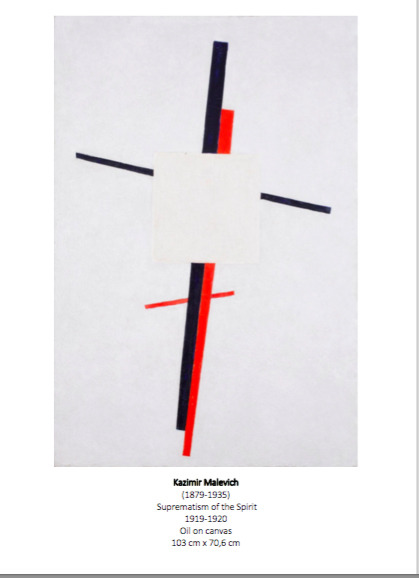
Of this, “Suprematism of the Spirit” is an iconic example. (see note below) Matter of fact, “Suprematism of the Spirit” represents the culmination of Malevich’s artistic journey within the Suprematist movement, where he sought to push the boundaries of abstraction and express the ineffable through geometric forms and color.

In the years following the creation of his seminal work “Black Square” in 1915, Malevich continued to refine his ideas and experiment with geometric abstraction. His Suprematist compositions became more complex, incorporating a variety of shapes, lines, and colors arranged in dynamic compositions.
By the time he painted “Suprematism of the Spirit,” likely in 1919 or 1920, Malevich had fully embraced Suprematism as a means of expressing the spiritual essence of art. The title itself suggests a departure from the purely material or formal concerns of earlier Suprematist works towards a deeper exploration of metaphysical themes.
“Suprematism of the Spirit” may feature a composition dominated by geometric shapes and bold colors, typical of Malevich’s Suprematist style. However, it also likely conveys a sense of transcendence and inner harmony, reflecting Malevich’s belief in the ability of art to evoke spiritual truths beyond the material world.
Note: Seems that there were several versions made of “Suprematism of the Spirit”. The museum in Amsterdam has on on wood and the museum in Tel Aviv has one based on that. The version above (File:Suprematism-spirit-1919-1920.jpg – Wikipedia. ) is shown in Unovis No 1 Vitebsk 1920 as annex to the facsimile edition and in Jahrbuch der jungen Kunst, Klinkhardt Biermann in the article of Kallai, Ernst (Konstruktivismus p.375) Leipzig,1924 as well as El Lissitzky/Hans Arp (Die Kunstismen /Les Ismes de L’Art /The Isms of Art) in 1924-1914 Erlenbach Zürich München Leipzig 1925 Pp 23 (illustration 45) and many more.
#contemporaryart#abstractart#constructivism#art#modernart#geometricart#minimalism#artwork#artgallery#abstractpainting#abstract#geometricabstraction#kunst#reductiveart#malevich#suprematismo#artist#digitalart#artcollector#painting#formalism#artlover#abstractartist#expressionism#contemporarypainting#postminimalism#abstractexpressionism#conceptualart#minimalar#ifoundmalevich
0 notes
Text
AMARELO-VERMELHO-AZUL, DE KANDINSKY
Amarelo-Vermelho-Azul é uma pintura a óleo sobre tela realizada pelo artista russo Wassily Kandinsky em 1925. É uma pintura que inclui as cores primárias, tal como triângulos, quadrados e círculos, além de elementos abstractos.
Arte abstrata – 127 x 200 cm – Centro Georges Pompidou
O lado esquerdo caracteriza-se por cores vivas, inclusão de linhas direitas, rectângulos e quadrados; o lado…
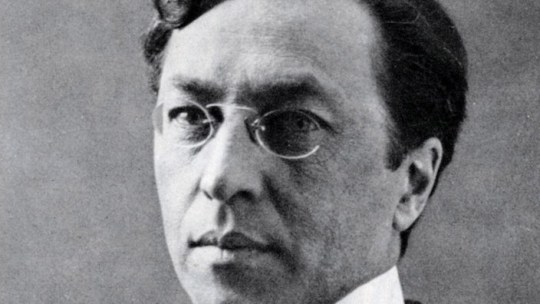
View On WordPress
0 notes
Text
Zaha Hadid, geología suprematista
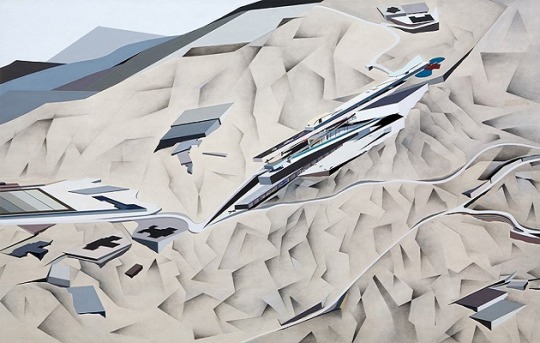
Ver en WordPress
0 notes
Text
El Constructivismo
También conocido como constructivismo ruso, fue una corriente artística que estuvo al servicio de la revolución y representó una identidad visual para el comunismo soviético, en su búsqueda por rescatar el arte de las élites para llevarlo al pueblo, y sus representantes creaban piezas con carácter utilitario enmarcadas en el ámbito del Diseño Industrial, que posteriormente se vincularon con la…
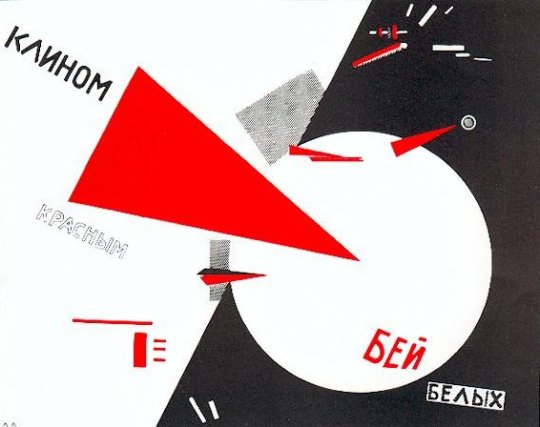
View On WordPress
#Aleksandr Ródchenko#Aleksei Gan#Antoine Pevsner#Constructivismo#Constructivismo ruso#diseño industrial#El Lissitzky#Historia#Kasimir Malevich#Naum Gabo#Suprematismo#Teoría#Vasili Kandinski#Vladimir Tatlin
1 note
·
View note
Text
“ Pareva proprio un maestro di scuola che non fosse soddisfatto dei suoi scolari. Disse che era rimasto deluso, che gli dispiaceva di averne dovuti bocciar tanti, che sarebbe stato più contento se avesse potuto promuoverli tutti. In ogni modo, disse, quelli che non sono riusciti a superar l’esame non dovevano avvilirsi: sarebbero stati trattati bene, non avrebbero avuto da lagnarsi, purché lavorassero, e mostrassero maggior impegno nel lavoro di quel che non avessero mostrato sui banchi di scuola. Mentre parlava, il gruppo dei promossi guardava i compagni sfortunati con aria di compatimento, e i più giovani si davano l’un l’altro gomitate nei fianchi, ridacchiando fra loro. Poi, quando il Sonderführer ebbe finito di parlare, il colonnello sì volse al Feldwebel e disse: «Alles in Ordnung. Weg! » e si avviò verso gli uffici del Comando, senza voltarsi indietro, seguito dagli ufficiali che si volgevano indietro ogni tanto, parlando fra loro a voce bassa.
«Voi resterete qui fino a domani, e domani partirete per il campo di lavoro» disse il Feldwebel al gruppo di sinistra. Poi si volse al gruppo di destra, quello dei promossi, e con voce dura ordinò che si mettessero in riga. Non appena i prigionieri si furon disposti l’uno accanto all’altro, a contatto di gomito (avevano la faccia contenta, ridevano guardando i compagni con l’aria di burlarsi di loro), li ricontò rapidamente, disse «trentuno», e fece con la mano un cenno alla squadra di SS che aspettava in fondo al cortile. Poi ordinò: «dietro front, avanti marsch!». I prigionieri fecero dietro front, si mossero battendo forte i piedi nel fango, e quando si trovarono con la faccia contro il muro di cinta del cortile, «halt!» ordinò il Feldwebel, e voltosi alle SS che s’erano poste dietro ai prigionieri e già avevano alzato i fucili mitragliatori, si schiarì la gola, sputò per terra, e gridò: «Feuer!».
Al crepitio della scarica il colonnello, che era ormai giunto a pochi passi dalla porta del Comando, si fermò, si volse di scatto, anche gli ufficiali si fermarono, e si voltarono indietro. Il colonnello si passò la mano sul viso, come per asciugarsi il sudore, e seguito dai suoi ufficiali entrò nel Comando.
«Ach so!» disse il Sonderführer di Melitopol passandomi vicino. «Bisogna ripulir la Russia di tutta questa marmaglia letterata. I contadini e gli operai che sanno leggere e scrivere troppo bene, sono pericolosi. Tutti comunisti».
«Natürlich» risposi. «Ma in Germania tutti, operai e contadini, sanno leggere e scrivere benissimo».
«Il popolo tedesco è un popolo di alta Kultur».
«Naturalmente,» risposi «un popolo di alta Kultur».
«Nicht wahr?» disse ridendo il Sonderführer, e s’avviò verso gli uffici del Comando.
E io rimasi solo in mezzo al cortile, davanti ai prigionieri che non sapevano leggere bene, e tremavo tutto. “
Curzio Malaparte, Kaputt, Introduzione di Mario Isnenghi, Mondadori ( Collana Oscar n° 1102 ), 1978; pp. 226-227.
[ 1ª ed. originale nel 1944 presso l’editore Casella di Napoli ]
#Curzio Malaparte#Kaputt#letture#leggere#libri#Ucraina#seconda guerra mondiale#Melitopol#antifascismo#URSS#storia dell'Unione Sovietica#proletariato#proletari#narrativa#crimini contro l'umanità#Storia d'Europa#razzismo#ragazzi#letteratura europea del '900#suprematismo#citazioni letterarie#letteratura italiana degli anni '40#crimini di guerra#genocidio#grande guerra patriottica#operazione Barbarossa#Europa#letteratura italiana del XX secolo#Mario Isnenghi#inganno
27 notes
·
View notes
Photo

Kazimir Malevich - Cerchio nero - 1015
10 notes
·
View notes
Text
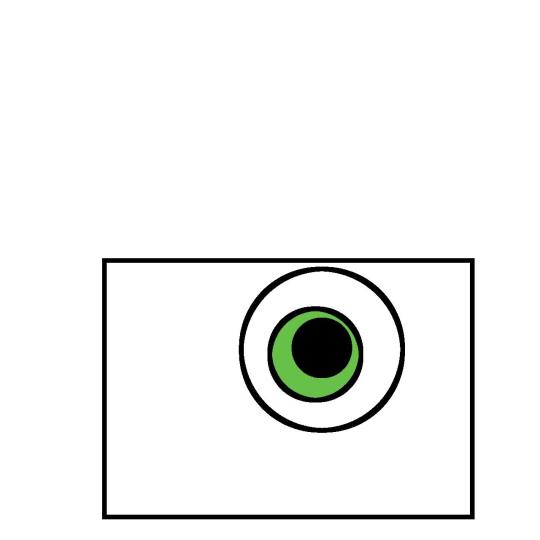
it sees
ono widzi
оно видит
where some saw abstraction, others saw truth.
tam, gdzie jedni widzieli abstrakcję, inni widzieli prawdę.
там, где одни видели абстракцию, другие видели истину.
07/2023, A. Wiśniowiecki, m. Moskwa.
#small artist#digital artist#artists on tumblr#suprematism#suprematyzm#супрематизм#suprematismo#suprematismus#تفوقية#abstractionism#abstract art#абстракционизм#abstrakcjonizm#art abstrait#abstrakt konst
2 notes
·
View notes
Text
Usare i babbuini che si stringono il pene per parlare di patriarcato e suprematismo bianco non era nel mio bingo
14 notes
·
View notes
Photo

Malevich en el suelo. #aveceshagofotos #suprematismo #suprematism #abstractpgoto #fotoabstracta #streetphotography #digitalphotography #fotografiaabstracta #art #arte (en Taller de Arte Mauro) https://www.instagram.com/p/CpK0d77MZcP/?igshid=NGJjMDIxMWI=
#aveceshagofotos#suprematismo#suprematism#abstractpgoto#fotoabstracta#streetphotography#digitalphotography#fotografiaabstracta#art#arte
4 notes
·
View notes